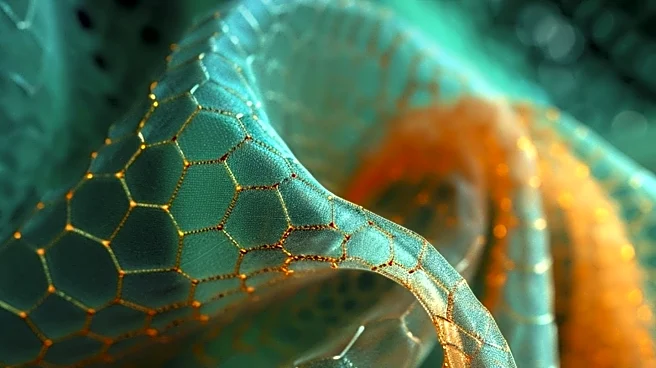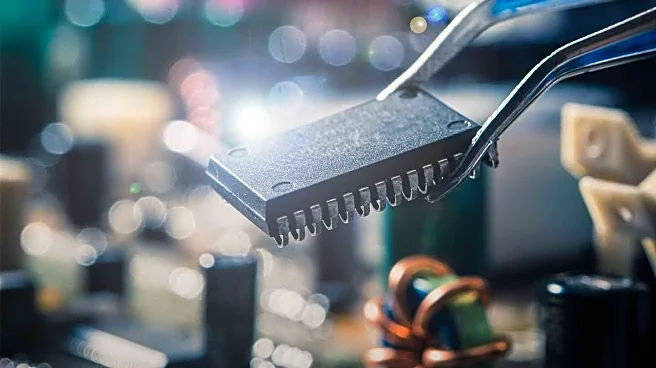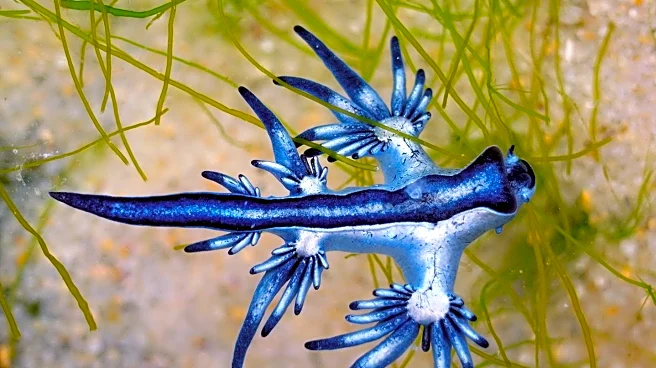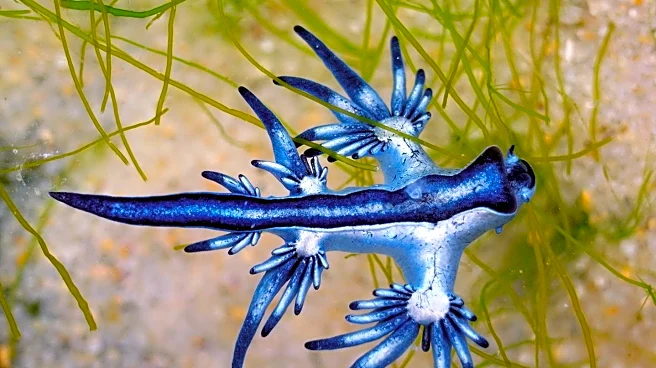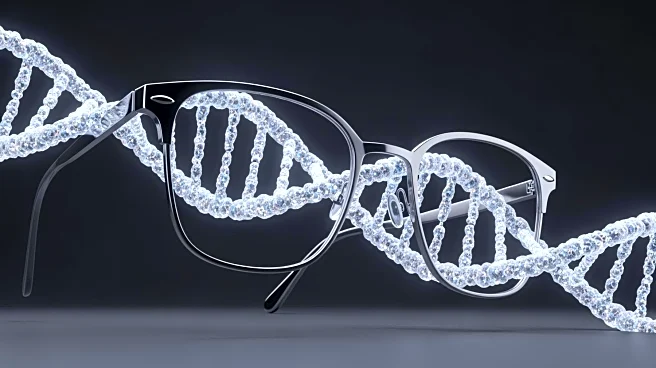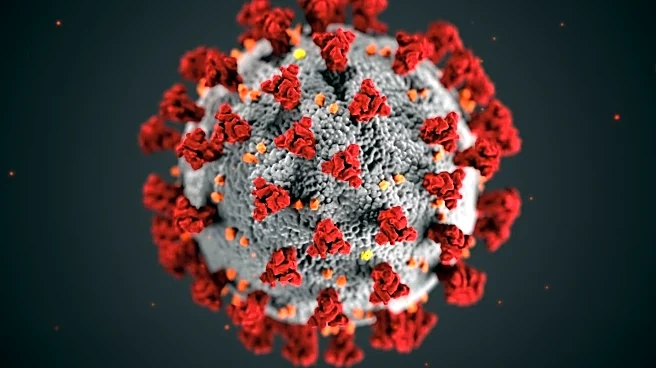What's Happening?
A recent study has investigated the biomechanical response of human corneal tissue to accelerated UVA crosslinking and riboflavin osmolarity. The research, conducted ex vivo, utilized nanoindentation techniques to assess the elastic properties and time-dependent
deformation of corneal samples. Human donor corneas, unsuitable for transplantation, were subjected to various riboflavin-mediated collagen crosslinking protocols. The study aimed to quantify the effects of different riboflavin solutions and UVA irradiation intensities on corneal biomechanics. The corneas were equilibrated in a culture medium to maintain hydration and were tested under near-physiological conditions using a modified artificial anterior chamber setup. The research provides insights into the effects of tissue pre-tension and crosslinking protocols on corneal biomechanics.
Why It's Important?
This study is significant as it advances the understanding of corneal biomechanics, which is crucial for improving treatments for corneal diseases and conditions. By exploring different crosslinking protocols, the research could lead to more effective and tailored therapeutic approaches for patients with corneal issues. The findings may influence clinical practices by providing data on how different riboflavin solutions and UVA intensities affect corneal strength and elasticity. This could potentially enhance the safety and efficacy of corneal crosslinking procedures, benefiting patients with conditions like keratoconus.
What's Next?
Future research may focus on refining crosslinking protocols to optimize corneal treatment outcomes. Clinical trials could be conducted to validate the ex vivo findings and assess their applicability in real-world scenarios. Additionally, further studies might explore the long-term effects of different crosslinking techniques on corneal health and vision quality. Stakeholders such as ophthalmologists and medical researchers may collaborate to develop new guidelines based on these findings.
Beyond the Headlines
The study highlights the ethical considerations involved in using human donor corneas for research, emphasizing the importance of informed consent and adherence to ethical standards. It also underscores the potential for innovative research methods, such as nanoindentation, to provide detailed insights into tissue biomechanics, which could be applied to other areas of medical research.



